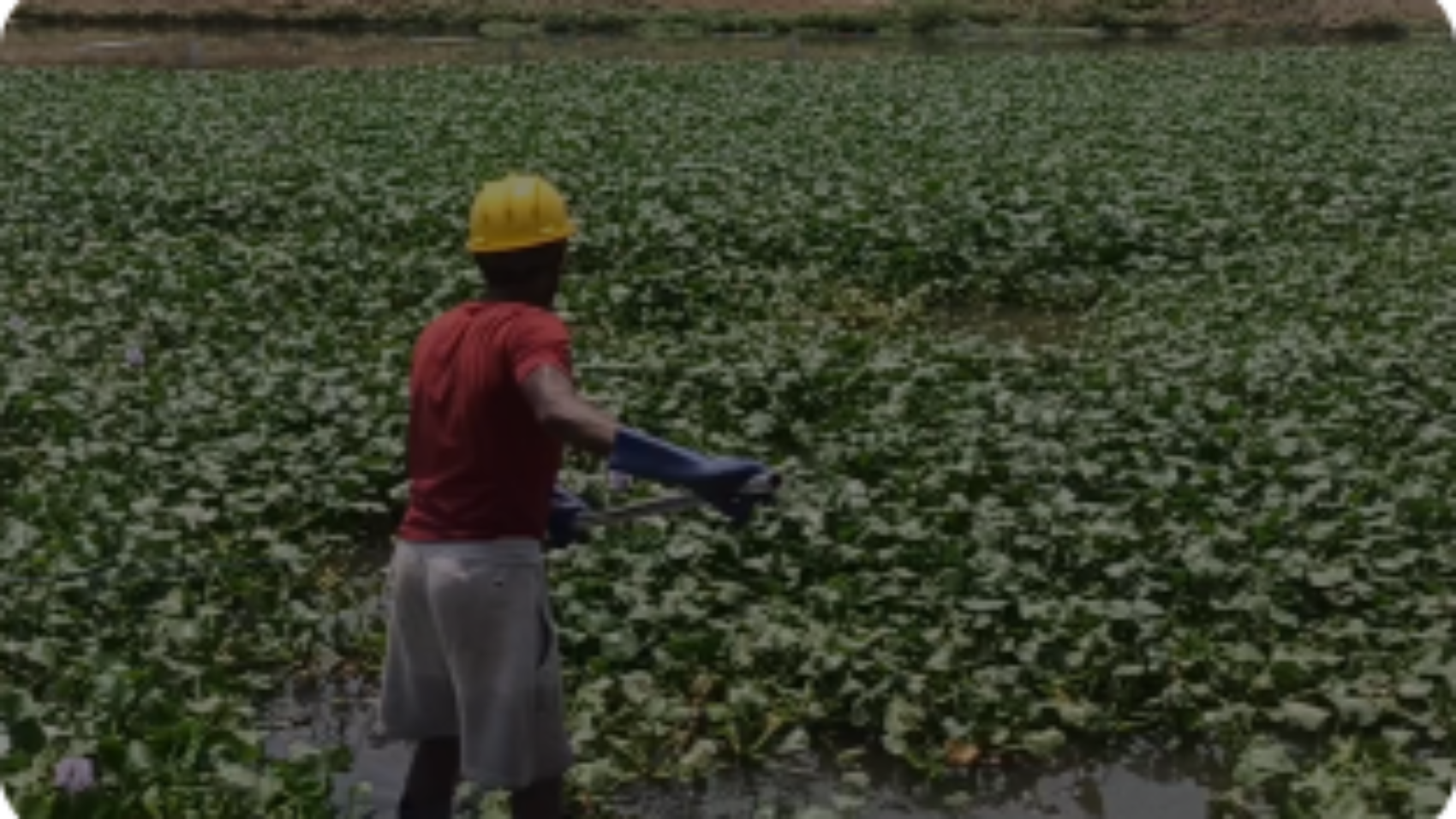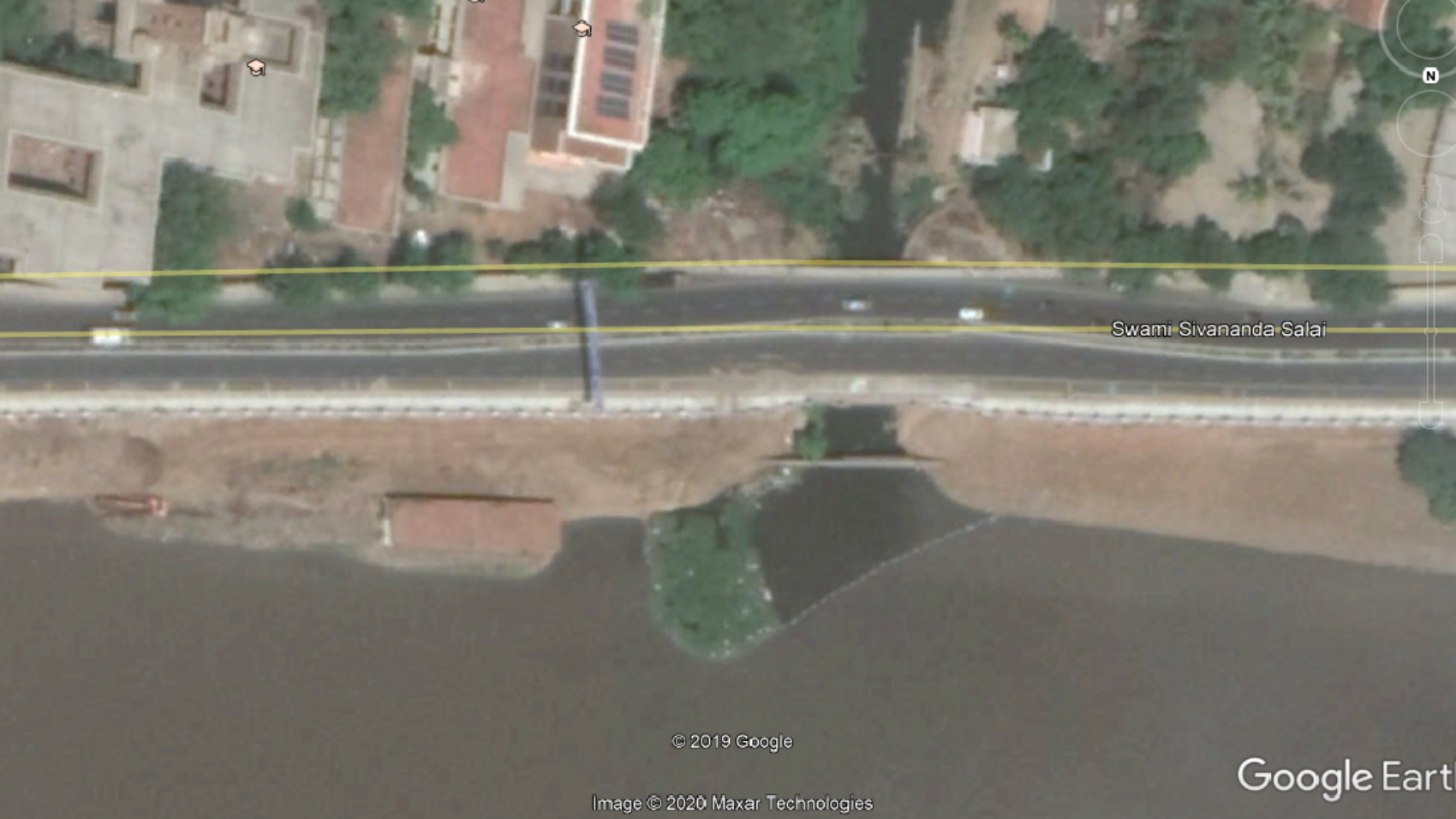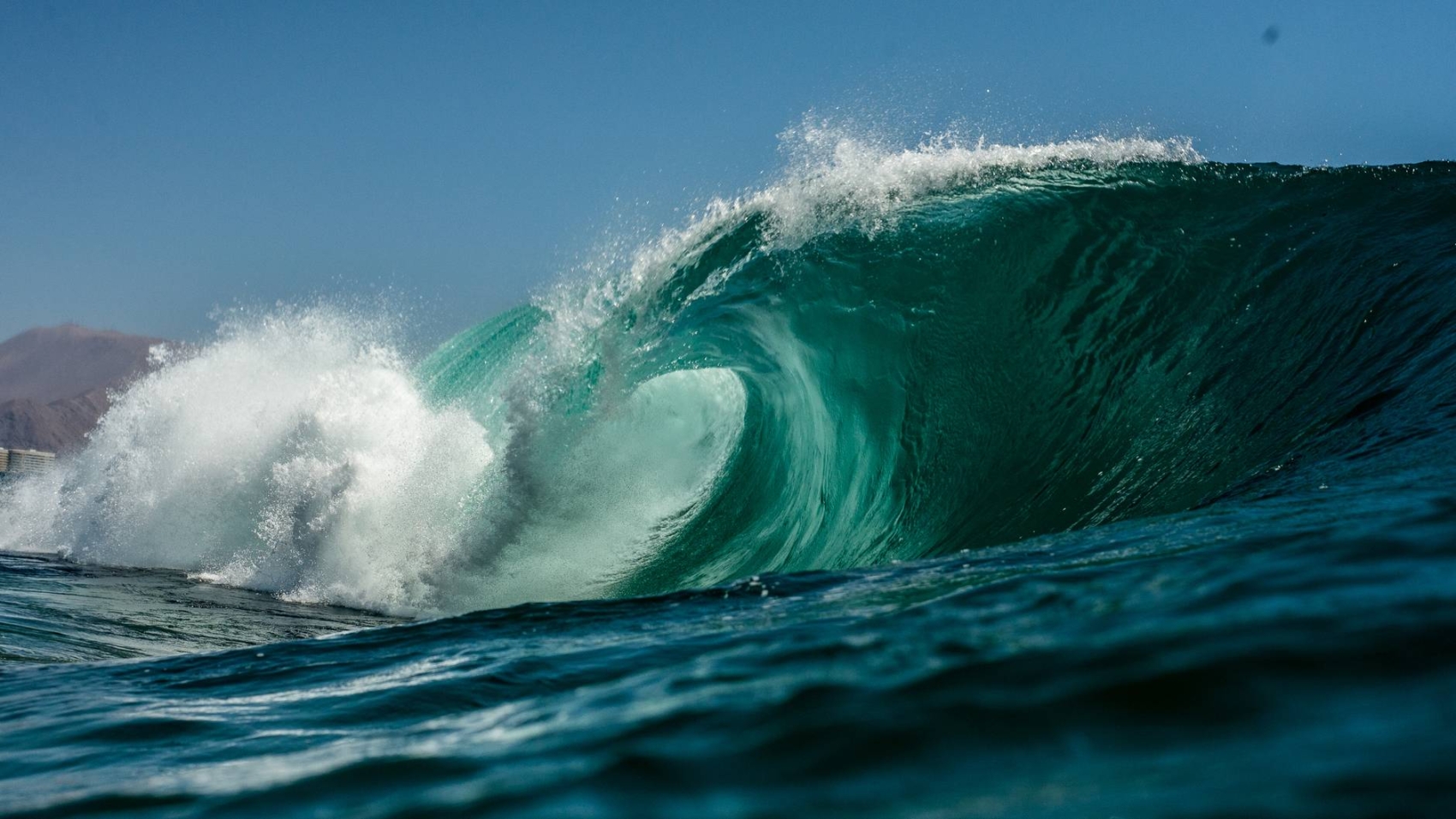In the common parlance, Quality andBrand value are freely interchangable words. But for those in the know, they are quite different. An unknown player, can deliver quality from day one. But it takes years of hard work in delivering quality, to build up the brand value. Large media budgets help buy brand recognition rather quickly, but building trust in the brand takes time. As a busy player in innovation and indigenous solutions, we deal with these ambiguities everyday.
Aatmanirbhar Bharat

It is not a nationalistic slogan, it is a country’s risk management.
It is not protectionism within a global village. It is retaining strategic choices, to use when the turbulence hits.
We believe ‘Make in India’ is a matter of time. We have the right human resource. The Government has to press the right buttons.
We believe ‘Design in India’ is a very important component to achieve ‘Aatmanirbhar Bharat’. In the years to come, as manufacturing and back end offices go to the most efficient regions, those who hold technology will hold the reins of commerce and leverage it.
We set off on that journey to develop indigenous technologies a few years back. After all, human intellect is a per capita resource, better distributed worldwide than oil. Let me share our journey.
We designed river clean up solution in 2015. Today it is the biggest success story worldwide in terms of trash and plastics stopped from reaching the sea. There is no sensationally big amounts raised or spent. There is no big media budgets, so it is a relatively unknown success, but a success by any discerning yardstick. It can be seen live on Google earth.
Quality and Brand Value
In the common parlance, Quality and Brand value are freely interchangable words. But for those in the know, they are quite different. An unknown player, can deliver quality from day one. But it takes years of hard work in delivering quality, to build up the brand value. Large media budgets help buy brand recognition rather quickly, but building trust in the brand takes time. As a busy player in innovation and indigenous solutions, we deal with these ambiguities everyday.
While the purists may have their text book definitions of quality and brand value, we in our small team debated and defined quality as
‘Systematic and consistent delivery on implied and explicit promises’
Every word here matters. Some everyday examples help explain this definition.
Darshini restaurants in Bengaluru are know for quick delivery, warm, tasty food, and for being fairly cheap. That is the ‘implied’ promise that goes with the chain. If an outlet can deliver on that promise consistently, he has excellent quality. That, he does not give you a seat or a table cloth on a table, is a matter of service model and brand positioning. Air Deccan had an excellent quality if they could manage to stick to their schedules. That they did not serve free meals is a matter of brand positioning. Reaching on time was an implied promise.
The ‘not-so-obvious’
As a team we have innovated new solutions every other month. Our approach to innovation has been bottom up, start with the simplest solution that comes to the mind and work your way up in complexity, if need be. Often, one of the simple approaches meets the requirement.
One legitimate doubt the team had often, in the initial days, was – if it is so obvious, someone must have tried it earlier. Surprisingly the answer is ‘No’.
We miss the obvious too often. One of the examples I like to quote as an answer is reproduced below –
How do you get the sense of direction in the night sky ? Remember this question existed before GPS and motion sensors came into our lives.
The answer to this question lies in knowing two facts –
(1) The sun rises in the east and sets in the west
(2) The moon reflects the sun’s light and does not have its own light.
We already know that all along, don’t we.
In fact every kid in school knows that, right ?
But how does that tell us the direction ?

Look at the image above. The sun is like a torch, shining its light on a ball, that we call ‘Moon’. The part of the moon which is lit, forms the crescent. The moon is constantly pointing to the sun. And that tells us the direction. The next time you see the moon, remember, it is our brightest compass.
The Largest Ocean Cleanup
Ironically, did not happen in the ocean, but in rivers draining into the ocean. This costed under 100,000 USD in capital costs; No boats or operating costs were incurred to arrest the plastics.
* With technology developed by AlphaMERS in 2015, about 22000 Tons of trash including 2200 Tons of plastics were stopped from reaching the ocean from a river in India in 2018. It is a proverbial drop in the ocean, but the most successful intervention anywhere so far. No fuel or boats were used to collect and bring plastics to riverbank within reach of land based excavators for onward disposal. Now these barriers are deployed in many more coastal streams. AlphaMERS is continuously developing and implementing technologies to clean rivers, streams and storm water drains. The firm has also prototyped and successfully tested an ocean wave energy harnessing device. D C Sekhar, the author is the founder of http://www.alphamers.com
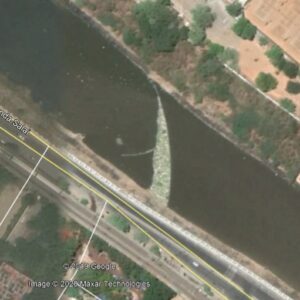
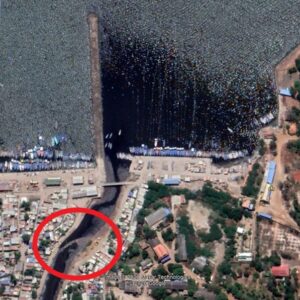
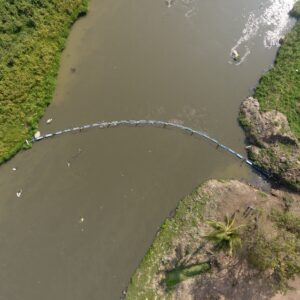
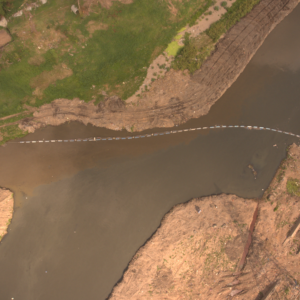

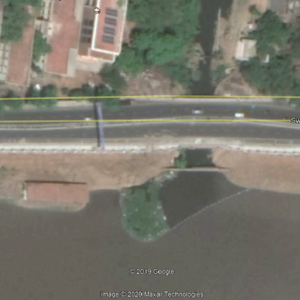
The sheer size of the ocean, a seasonally hostile environment, the challenges of skimming the surface in the waves, and the energy needs of such an exercise is daunting, to say the least. This is besides the funding required and the ‘why’ and ‘who’ will do it.
To go deep into the oceans and work its lifting gears requires a vessel of a significant minimum size. That burns good money and a large amount of fuel. The negative net environmental benefit is apparent to anyone who wants to see objectively, without tinted glasses.
To go into the seas to clean up, requires VERY smart thinking, beyond having a large amount of funds at your disposal. The logistics must be modeled and remodeled until it is dirt cheap environmentally and financially. The operating cost must be reduced to the barest minimum to enable expand the model to the humongous scale required. The ocean renewable must be harnessed to the maximum extent.
The systems must be able to withstand the seasonal and nonseasonal harsh weather. Any manned platform needs a lot of facilities for physical and mental well being of those on board and these are well regulated. Unmanned mobile platforms are perhaps the only viable way forward and remote control technology is available to integrate it to the chosen model. Ocean waves have a lot of energy and is more space efficient than solar. Any system that is narrowed down, needs to harness the energy from ocean waves to have a decent shot at solving the problem.
Shutting the tap before mopping the floor, makes common sense. There are thousands of rivers as taps to shut and many of them are high priority. In a river, the plastics are within a well defined boundary and in one broad trajectory. It is not a two dimensional spread like in the ocean. The location you choose to collect the plastics can have, and must have road connectivity.
The ‘Power’ of the seas
The rise of spring tide in Gulf of Khambat is over 10 Meters. Few other locations in the world have such large tidal ranges. This is nature’s way of providing us a large amount of ‘power’ every few hours and taking it back, since we have not learnt to harness it.
The ocean provides us ‘power’ to harness in a few forms. Waves on the surface, ocean currents, tidal streams, rise of tide and of course the thermal inversion.
The ocean provides us ‘power’ to harness in a few forms. Waves on the surface, ocean currents, tidal streams, rise of tide and of course the thermal inversion.
There are dozens of ways how the energy on the surface waves can be converted to useful forms. This can be done by rotating a shaft of any turbine or generator or by pumping air or hydraulics. The energy is definitely out there in abundance. Those who go out to sea, know the power of the waves. It can bend steel pipes and break up a ‘non-seaworthy’ vessel.
Wave Energy Converters (WEC), where part of system is seated on the seabed have logistical challenges of deployment and siting*. Floating versions of the same can be assembled in port, wet towed to location and anchored. Most countries with a coast have a large fetch and waves bring a lot of energy to the coast. It is not the breaking waves on the beach, but the unbroken waves a few dozen meters away that represents this energy. Wave energy is very space efficient as compared to solar, that makes it very suitable in many locations.
Tidal energy is a very reliable source of power. Unlike the wind and wave with their seasonal and unseasonal variations, tides are very predictable years ahead. That will make the production predictable and plan the consumption cycles. Since tides predominantly follow the moon, there is a time lag every day and not the easiest to sync the power production and the human consumption cycles. Storage of energy becomes absolutely necessary to smoothen the power yield and demand curves.

